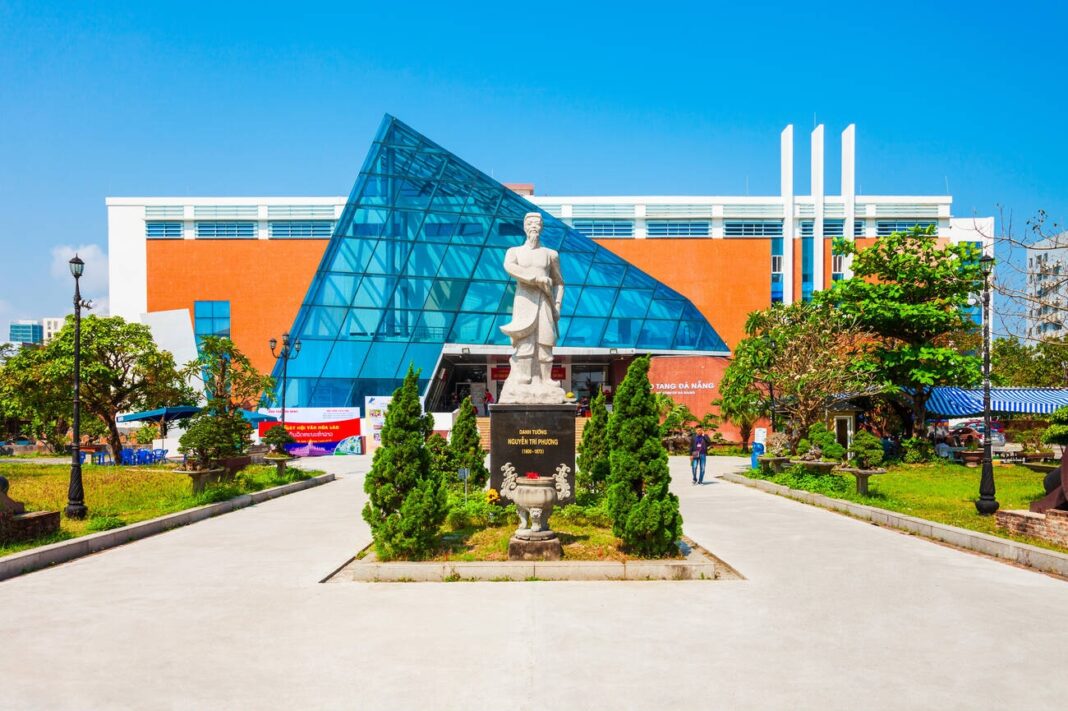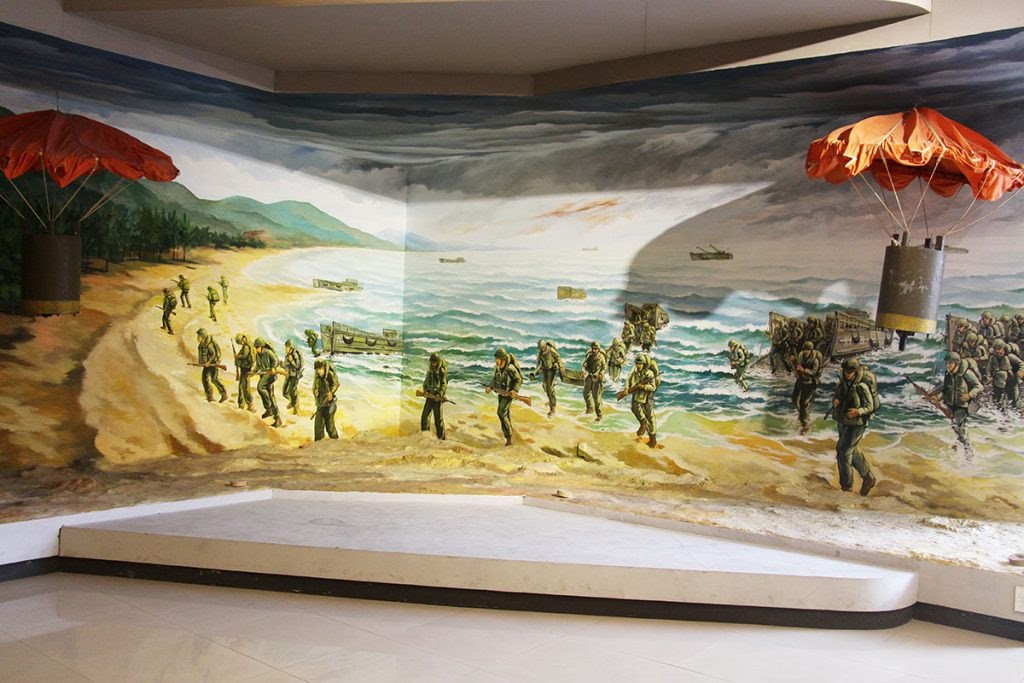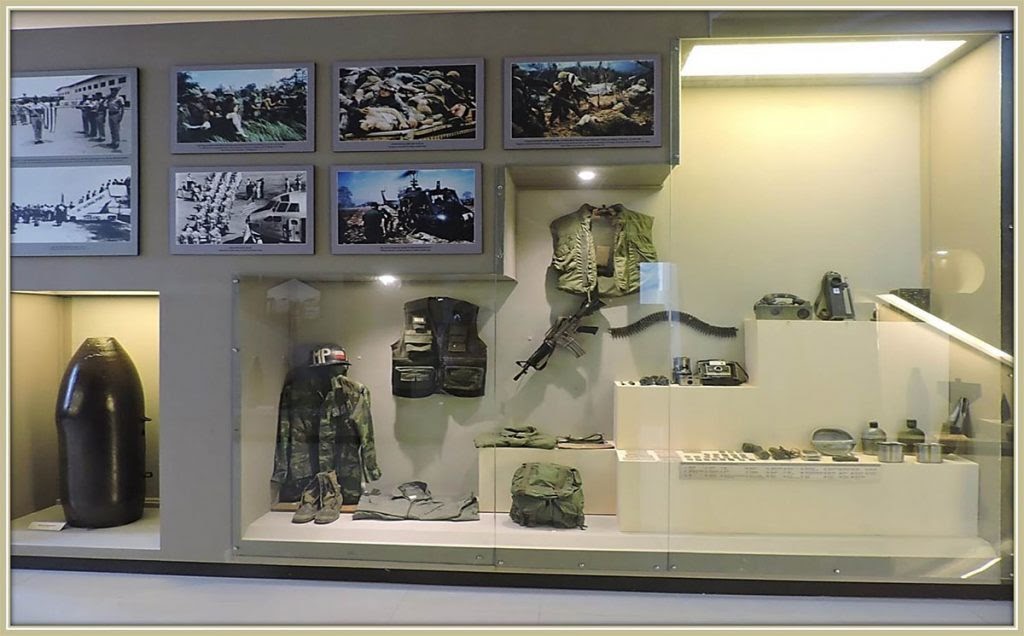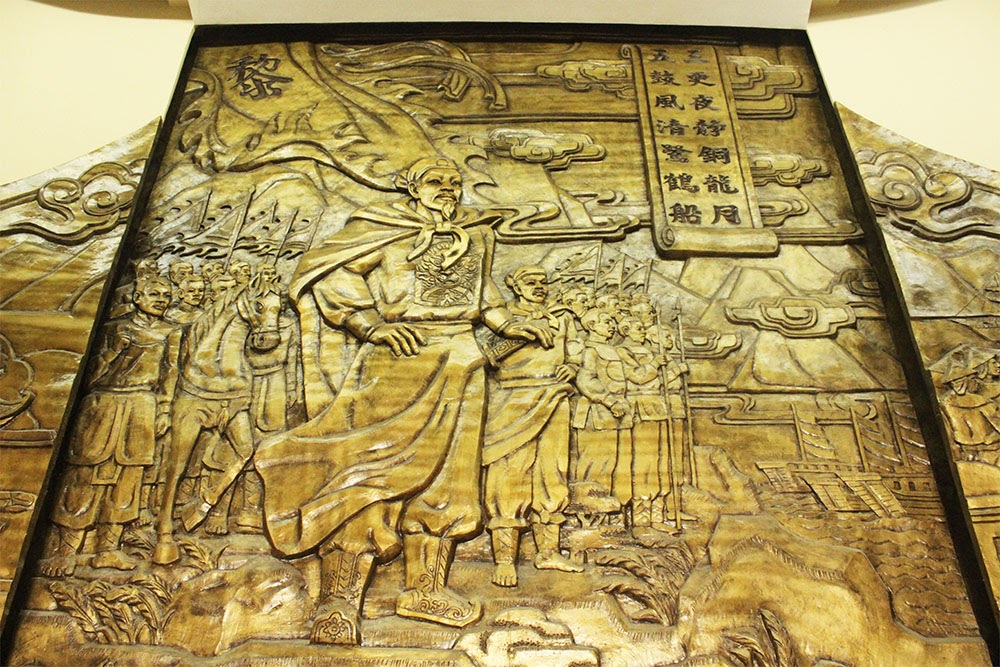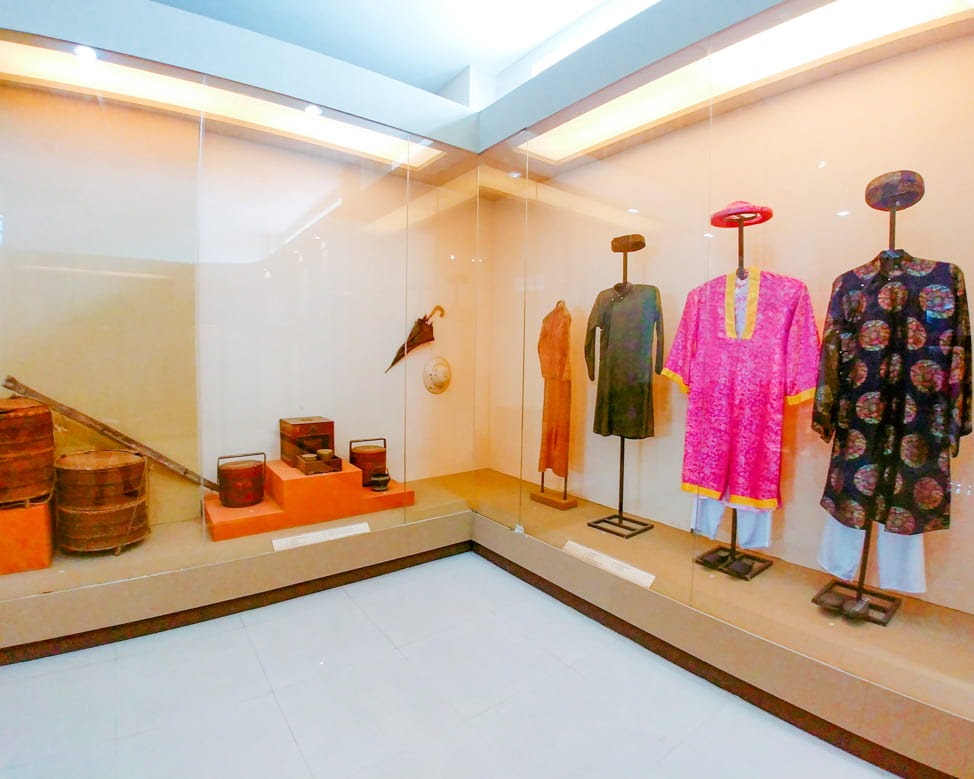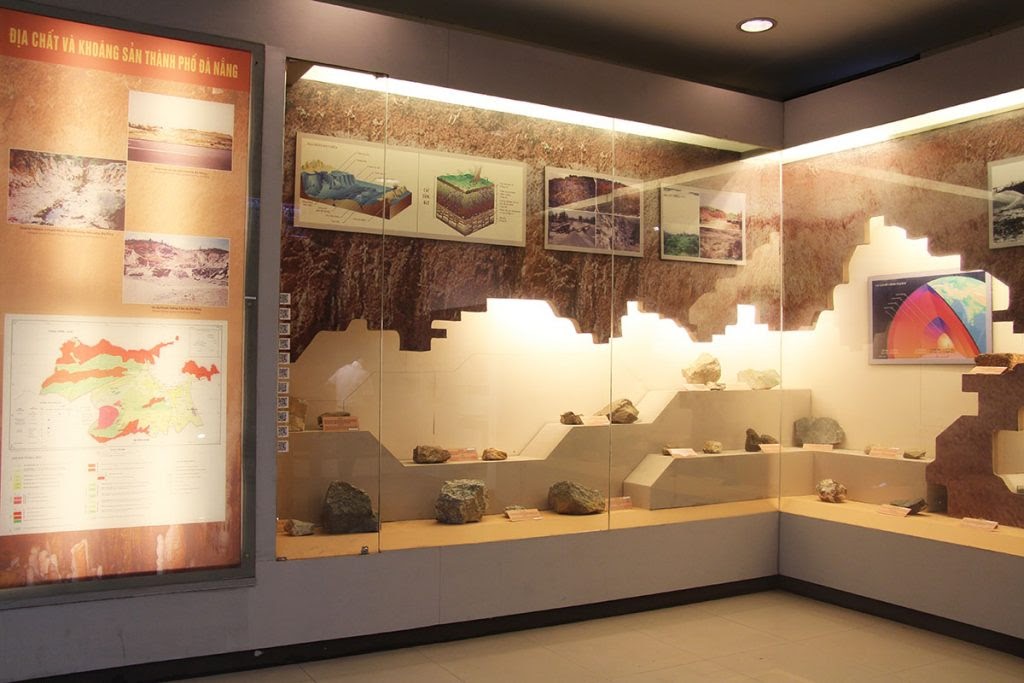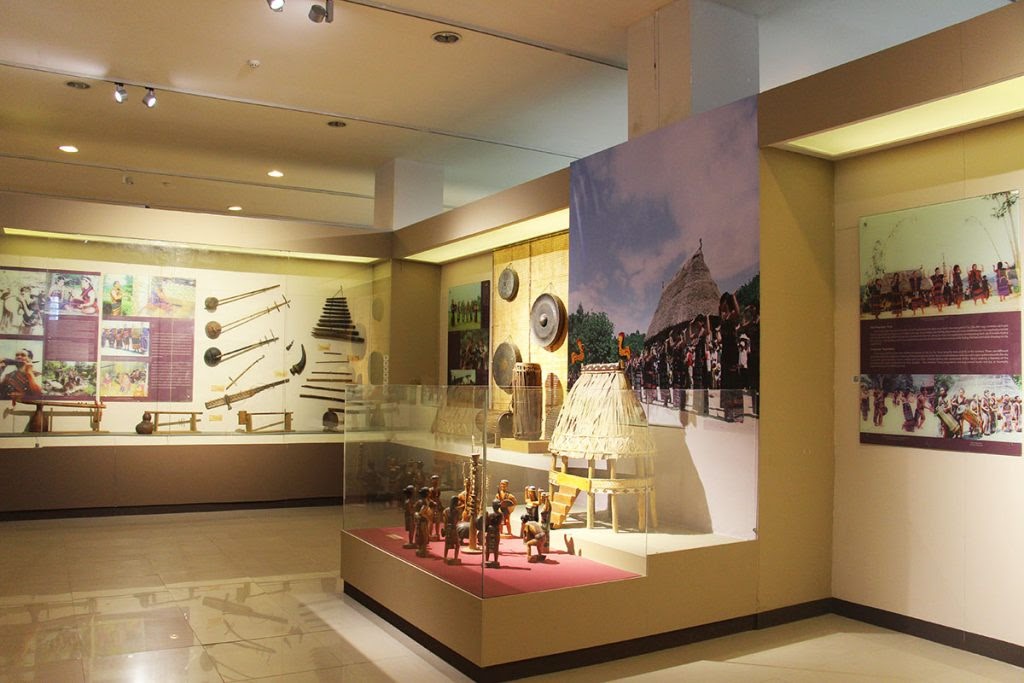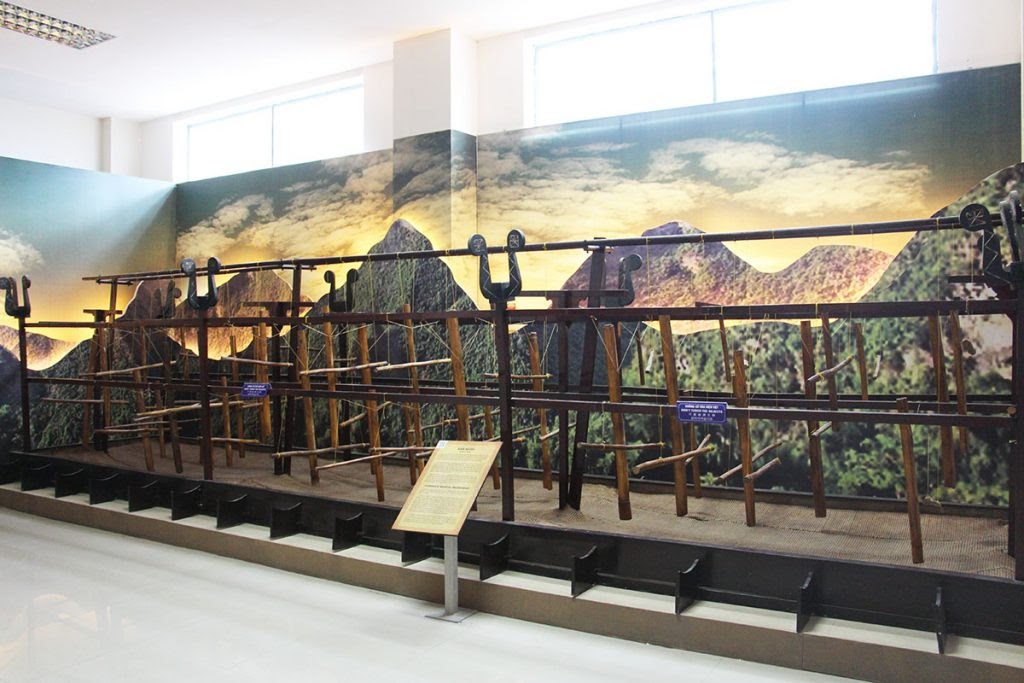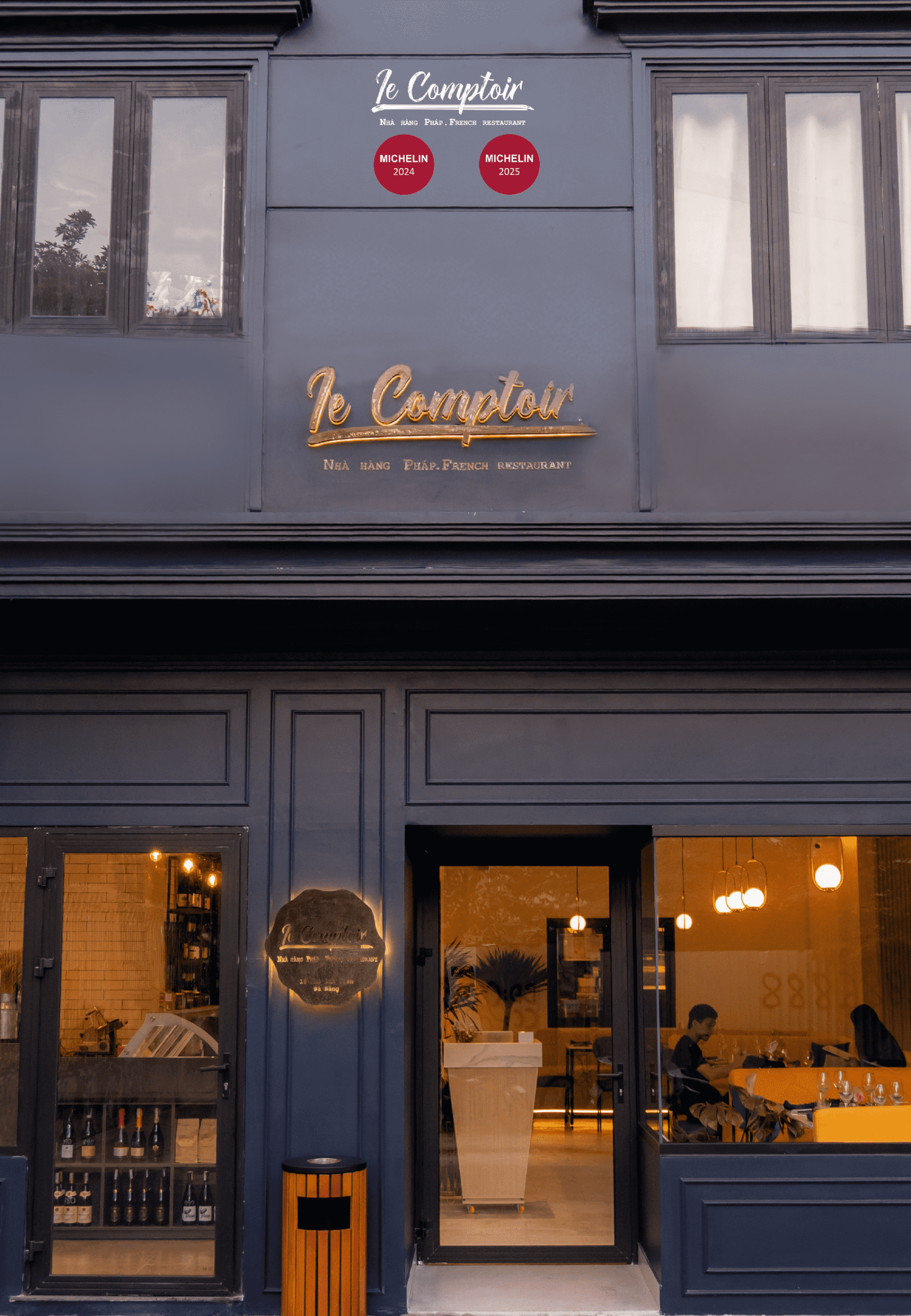The Da Nang Museum is a location to maintain the way of life and daily routine of the common people living by the sea in addition to preserving the culture and historical growth of this city. Visit the Danang Museum to find out more about this great town that has so much to explore!
About Da Nang Museum
On the grounds of the special national monument of Dien Hai Citadel, the Danang Museum is situated at 24 Tran Phu in the Hai Chau district.
With more than 3000m2 of exhibit space, 3 levels, and 2500 records, photographs, and priceless objects depicting the culture and history of Da Nang city and the surrounding areas. Including numerous priceless documents, there are more than 1900 original objects that have been gathered since liberation.
A spacious hall with an arced form that conjures the concept of strong arms encircling the sea serves as the entrance to the exhibition area. The depiction of five sails, which represents the coastal city reaching out to the wide sea, is located in the center of the main hall. Each sail features reliefs that represent Da Nang city’s role in the nation’s historical development.
With the mythology of “Children of the Dragon, grandchildren of immortal sages,” the first sail transports spectators to the time when the Hung Kings founded Vietnam. The bronze drum image reflects the Dong Son era’s great progress. The second sail displays the northern land, with Hanoi’s Thang Long, a site of ancient culture, the One Pillar Pagoda, Quoc Tu Giam, and other monuments serving as witnesses to the country’s ups and downs.
Highlighting the picture of King Le Thanh Tong, a clever and brilliant king who contributed to expanding the land to the south, is the third sail in the bas-relief.
Sails 4 depicts the remarkable history of Da Nang residents defending rivers and boundaries from foreign invaders and battling back, culminating in two resistance wars against the French and Americans. The background of the sails in order to achieve results a picture of General Nguyen Tri Phuong gallantly ordering three soldiers to advance in the initial conflict with the French (1858-1860).
The people of Da Nang entered the wonderful day of building mountains and rivers, making a treasured city more and more beautiful day by day, following the country’s overall success in the resistance struggle against the US. The material of the fifth sail might well be read; it depicts the city of Da Nang during its period of renewal and development. The Han River turning bridge, the city’s iconic monument, is located in the middle. Da Nang day looking out to the ocean.
What does Danang Museum have?
Visitors can view several relics concerning Da Nang city’s natural surroundings on the museum’s first floor. Visitors will also be given the chance to view collections of antiquities, which include Da Nang in the Pre-History – Department of History, the way of life of the coastal inhabitants of Da Nang, some images of the city taken prior to 1975 (the year of the city’s liberation), and the integration and development of the city at each stage. Speaking of the history of the entire city, there will undoubtedly be no shortage of recognizable handcraft businesses and distinctive agricultural traits.
Making Tuy Loan rice paper, Nam O fish sauce, and Non-Nuoc’s stone carvings have all been maintained and developed professions from the past to the present. It incorporates not only the local history but also the way of life and culture of a region.
The heroic portrayal of Da Nang in the two resistance wars against the French and the US may be found on the second floor. When the French attacked the Son Tra Peninsula and began the process of invading Vietnam, Da Nang served as the starting point for the anti-French front. Visitors will learn about the resistance fight from 1858 to independence in 1975 when they reach the second floor.
Visitors will obtain a better understanding of these battles and the courageous Da Nang that heroically stood up to defend the motherland by hearing tales and evidence about the conflict with the US in the Da Nang-Quang Nam region.
Central Vietnam is home to the city of Da Nang, which is directly under the control of the national government. More than 25 different ethnic groups cohabit in Da Nang – Quang Nam and grow together. The unique and distinctive aspects of the cultures of the ethnic minorities reflect the region and way of life. The Da Nang Museum’s third level is where the daily lives of the local ethnic groups are displayed and represented.
Costumes, musical instruments, costumes, and jewelry from the locals are on the third floor. Furthermore, there are the practices and beliefs of the Co-Tu, Xo-Dang, and…
Visitors who are interested in learning more can select a cinema room that has videos on the history, culture, and society of Da Nang.
Opening time
Opening times: Monday – Saturday, 08:00 – 11:30 in the morning and 13:30 – 17:00 in the afternoon.
Price of admission: 20,000 VND per person; free admission for children, students, Da Nang permanent residents, the elderly, and those with disabilities.
You can visit the Da Nang Museum for about 20,000 VND and take in the rich and varied exhibits with a diversity of subjects in an authentic venue presented from various contemporary angles.
For a deeper understanding of the origins and historical significance of each artifact in the Da Nang museum, you can also listen to explanations about it. These are the explanations for why the museum receives a lot of visitors each day.
Da Nang Museum is the location for you to visit and learn more about the culture, lifestyle, and history of the city designated the most livable city in Vietnam. It has an imaginative display space and hundreds of priceless relics.




